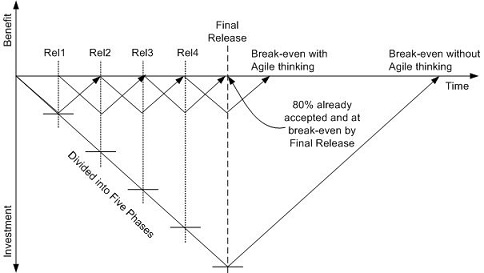Who are you? How do you behave? And how does it affect your testing?
I was pair-testing with a colleague, which gave me an excellent opportunity to study his testing behaviour. He had to enter a five digit number repeatedly, and in this particular test it was irrelevant which number was entered. To my fascination I noticed that nine times out of ten he would enter “12458”. Of course I had to ask what was so special about “12458”, and it turned out he was completely unaware of his behaviour – on the contrary, he was convinced he was entering random numbers!
To me, this served as a bit of a wake-up call, making me contemplate my own behaviour and how it affects my testing in general and my exploratory testing in particular. Do I to have favourite numbers that I tend to enter more often? Am I more prone to using keyboard short-cuts than the mouse pointer to navigate? How often do I think I am exploring new, untrodden, trails when in reality I am just walking down the same well-beaten path as always, and might almost as well have run a scripted test?
Here session reports in the spirit of SBTM work as a support for me, helping me to be more creative and my testing to be more exploratory. By making short notes when I do exploratory testing it is easier for me to identify patterns in my testing. These behaviours are not necessarily bad, but I believe I need to be aware of them. Furthermore, I use my old reports as inspiration – or “seeds” – for the next session.
Everyone has little quirks, even when testing, and I think it is important that we are aware of them.






